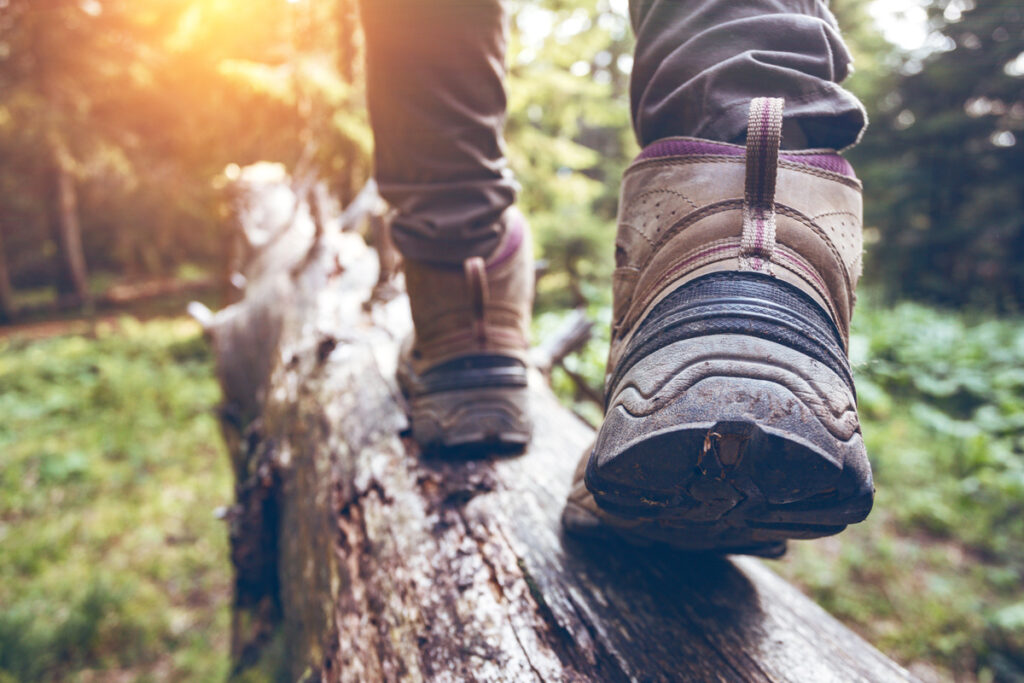Hiking in New Mexico can offer incredible views and fresh air, but it can also lead to injuries. If you are hurt on a public or private trail, your rights depend on several factors, such as who owns the land, whether negligence was involved, and the type of hazard that caused your injury. In general, landowners in New Mexico have limited liability for injuries on trails, especially if the land is open for public recreation. However, that protection does not apply if gross negligence or willful misconduct contributed to the incident.
At Dominguez Law, we understand how confusing these situations can be. We represent people across New Mexico who were injured in situations where it was not their fault, and we may be able to help determine if someone else is responsible for your hiking injury. We focus on tough litigation to hold parties accountable and work to secure the compensation you need to recover fully.
How Land Ownership Affects Injury Claims
One of the first issues in a hiking trail injury case is determining who owns or maintains the trail. In New Mexico, trails may be on federal land, state land, private property, or part of city or county parks. Government-owned trails are often protected by the Recreational Use Statute, which limits liability for injuries unless there is clear proof of gross negligence or intentional harm. This means that if you trip over a natural root or fall on a rocky surface, you may not be able to sue the government agency responsible for the land.
Private landowners may also open their land to the public for recreational use. In many cases, they are shielded from lawsuits under the same Recreational Use Statute. However, this protection does not apply if the landowner charges an entry fee or fails to fix a known and dangerous condition. If a landowner ignores a hazard they knew about, such as a collapsing bridge or unsecured railing, they may be held legally responsible for resulting injuries.
Trail maintenance responsibilities can also affect liability. If a trail is managed by a local group or nonprofit, and they were responsible for fixing known dangers or warning visitors, they may be part of the legal analysis. It is not always obvious who maintains a trail, so this step usually requires investigation, often by reviewing trail agreements or public records.
Understanding Negligence and Dangerous Conditions
Negligence is a key factor in personal injury claims, including those that happen on hiking trails. In legal terms, negligence means failing to use reasonable care to prevent harm to others. If the trail owner or operator knew about a dangerous condition and did nothing to warn hikers or fix the issue, they may be held liable for resulting injuries. Examples of negligence might include failure to repair broken steps, failing to post warning signs near steep drop-offs, or allowing poorly maintained bridges to remain in use.
To prove negligence, it must be shown that the responsible party had a duty of care, breached that duty, and directly caused your injury. This is not always straightforward, especially if there were no witnesses or official reports. In many hiking cases, the dangerous condition must have existed long enough that the responsible party should have known about it. Sudden natural events—like rockslides or flash floods—may not lead to liability unless there was no warning where one should have been.
In New Mexico, comparative negligence laws also apply. If you were partially responsible for your injury, such as not following posted trail rules, you may still recover damages, but they could be reduced based on your share of fault. This is why documentation, photographs, and prompt medical records are critical if you want to pursue a claim.
Injuries on Trails Within Organized Events
Sometimes injuries happen during organized hikes, races, or outdoor fitness events. In these cases, the organization hosting the event may be legally responsible. Event organizers are expected to take steps to ensure trail safety, especially if they know many people will use a specific route. This includes inspecting the trail beforehand, placing proper signage, and providing medical support if needed.
Participants in these events are often required to sign waivers. While these waivers may limit your ability to sue, they are not always ironclad. If an event host was grossly negligent—for example, ignoring a report of a trail hazard or pushing people through unsafe areas—the waiver may not prevent a lawsuit. Courts look at whether the organizer took reasonable steps to prevent harm and whether the waiver was clear and specific.
Additionally, sponsorship or partnership with cities or companies can bring other parties into the case. If a corporate sponsor paid for the event but failed to ensure safety requirements were met, they might share legal responsibility. The details of the event, trail conditions, and involved parties all shape the legal outcome.
What Can Dominguez Law Do for Your Case?
We help injured hikers understand their rights and determine who may be responsible for what happened. If you were hurt due to a trail condition that should have been fixed, an event that was not properly planned, or a landowner’s failure to warn you about danger, we may be able to help you take legal action. Our team has the experience to evaluate what caused the injury and whether someone should be held legally accountable.
We do not back down from cases just because they seem difficult or involve public land or large organizations. We focus on serious litigation and take the time to build a strong case based on facts, evidence, and the law. If your injury led to medical bills, lost wages, or long-term pain, we may be able to help you recover money for your damages. To speak directly with a lawyer, call (505) 850-5854 or fill out our contact form.


